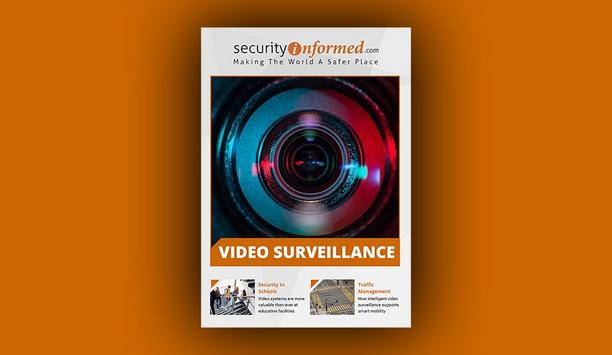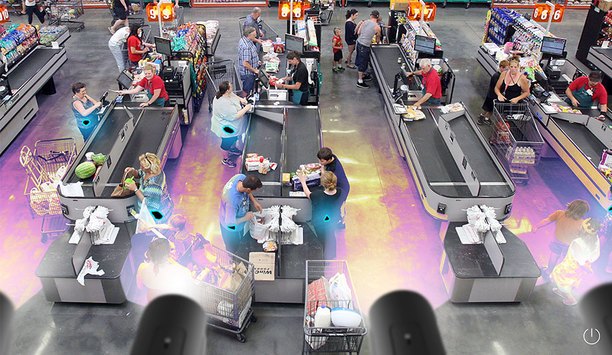News of cyberattacks seems constant these days. Recently, Equifax, a US-based consumer credit reporting agency, announced that a private customer data breach impacted 143 million people. Earlier this year, 1.5 million connected cameras around the world were hijacked in an unprecedented DDoS attack.
As cyber-attacks become more rampant, it’s hardly surprising that governments are stepping in to hold organizations more accountable. One of the most recent examples of this is the European Union’s General Data Protection Regulation (GDPR) which is set to come into effect on May 25, 2018.
New GDPR Legislation Mandates
Essentially, the GDPR mandates that businesses adhere to specific governance and accountability standards in the processing and protection of data. A big focus of this new legislation is that individuals have greater control over their personal data. Contrary to legislations in the United States, the personal data captured by organizations will remain the property of each EU citizen, entitling them to access their own data and have greater decision power over how it is used or distributed.
Should a breach occur, companies are mandated to report it to the supervisory authority within 72 hours. Failure to comply with these new regulations could result in up to $20 million euros in penalties, or 4% of the company’s global annual turnover.
Territorial Scope Of GDPR
So why should North American companies and security directors be concerned? The territorial scope of the GDPR is global. Any business that is collecting or storing personally identifiable information (PII) of EU citizens will be held accountable, regardless of where the organization is based or operating from. This includes any business collecting information from EU residents, or organizations with offices, stores, warehouses or employees in the EU.
With the deadline nearing, these North American organizations are seeking strategies that will keep them compliant across all their data collection processes. With a focus on physical security sensors and solutions, below are five steps that North American companies can start taking to become GDPR-compliant.
Step 1: Conduct A Data Risk Assessment
To better understand the implications of the GDPR, an organization must fully assess the level of risk that its data processing operations pose to the rights of EU citizens. A business should map out how data is collected, where it is stored, how long it is kept, and who has access to it. Identifying and categorising the various types of data is also critical to this evaluation. That’s because according to the GDPR, there is a clear distinction between the high, medium and low-risk data.
 |
| Through authorization, organizations can define how specific users or groups can use the security system |
For instance, data derived from a video surveillance system that shows who a person is and where they are is considered high-risk. This could be a retailer that is monitoring video of people coming into its stores or an EU subsidiary office that is recording publicly-facing video footage.
Step 2: Hire A Data Protection Officer
In cases of high-risk data processing, organizations may need to appoint a data protection officer (DPO). This person must be independent of any IT, risk or VP-level functions and will be responsible for monitoring the organization’s compliance with respect to their GDPR obligations. The DPO will act as the main point of contact for all communications with the GDPR supervisory body. This means that at any point in time, the DPO should also be able to show the steps taken by the organization to protect any collected information.
Step 3: Implement Privacy By Design
The GDPR mandates that businesses with ‘high-risk data operations’ implement systems that protect privacy and secure data by default. It is therefore critical for these organizations to start talking to system integrators and suppliers about what they can do to harden their systems. After all, cyber security should be a shared responsibility. Organizations should work with partners and vendors to better understand cyber security risks and streamline internal processes such as outlining who has access to the data and identifying why and how long it should be kept.
With this understanding, companies can justify adding varied lines of defense such as encryption, multi-layer authentication and authorization. For instance, through authentication, organizations can determine if an entity—user, server, or client app—is who it claims to be, and then verify if and how that entity is allowed to access a system. Through authorization, organizations can define how specific users or groups can use the security system.
Finally, encryption protects an organization’s information and data by using an algorithm to make text indecipherable. From device to client application, these security measures help organizations safeguard against cyber threats and unauthorized access.
Step 4: Address Data Transparency
At any point in time, an EU citizen has the right to request a copy of information pertaining to them from an organization. Upon receiving this request, the company would be required to securely and remotely share video and data files with the individual. A problem could surface if other individuals are visible in this footage. Security solutions that not only facilitate information sharing but also protect privacy can help companies quickly adapt to these new laws.
 |
| Blurring out faces transfers high-risk data to the low-risk category, allowing organizations to monitor or share video while still protecting privacy |
One example is having video redaction capabilities to blur out people’s faces in video. This feature transfers high-risk data to the low-risk category, allowing organizations to monitor or share video while still protecting privacy. Companies will also need to provide greater transparency by making points of contact accessible and clearly outlining data management policies.
Step 5: Engage Data Processors
According to the GDPR, any company that collects and controls private information is a Data Controller. To properly manage the collected data, companies may choose to outsource some of the responsibility to service providers, known as Data Processors.
For instance, a retailer could decide to implement a Video-Surveillance-as-a-Service (VSaaS) solution. Some advanced VSaaS providers offer numerous logs and, more importantly, strong reporting platforms that can help Data Controllers and DPOs monitor the state of their video surveillance systems. In some capacity, Data Processors are equally responsible for adhering to laws.
Considering the failure to report a breach in 72 hours could result in massive penalties, implementing a VSaaS is a great way to stay on top of potential breaches and decrease compliance upgrade costs. However, it is not a full transfer of risk. The retailer would still be responsible for issuing and managing system access privileges, ensuring password choices are robust, and essentially, limiting data to those who can view or extract it.
Counteracting Emerging Threats Through GDPR Compliance
With heavy fines looming, it is imperative that North American businesses collecting or processing any EU citizen data begin working on GDPR compliance immediately. Those filming in high-trafficked public spaces are at an even greater risk of penalty if compliance has been ignored.
Starting with a comprehensive risk assessment, hiring a qualified DPO, upgrading technology with built-in privacy and security mechanisms, and in some cases, working with data processors can help North American businesses get on track to full GDPR compliance. Regardless of these new laws, these practices will ultimately benefit the organization as a whole, as new threats emerge globally.























